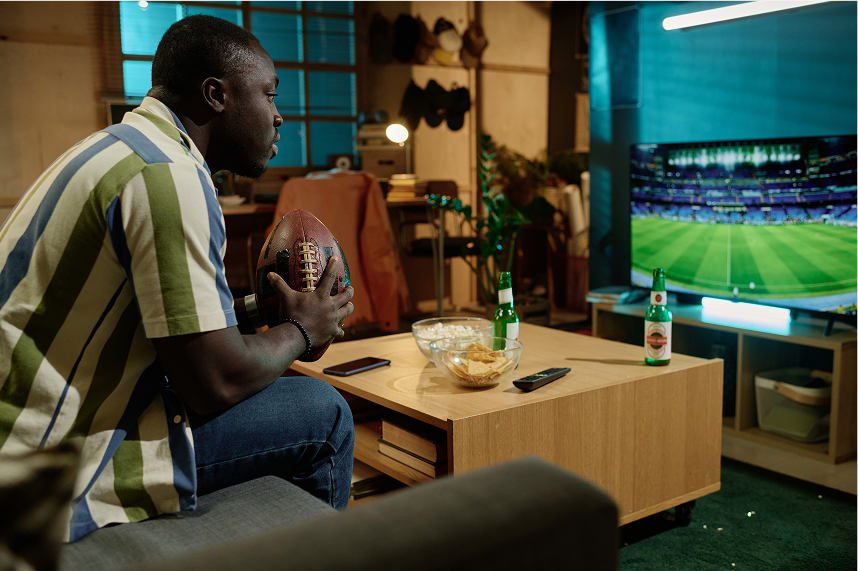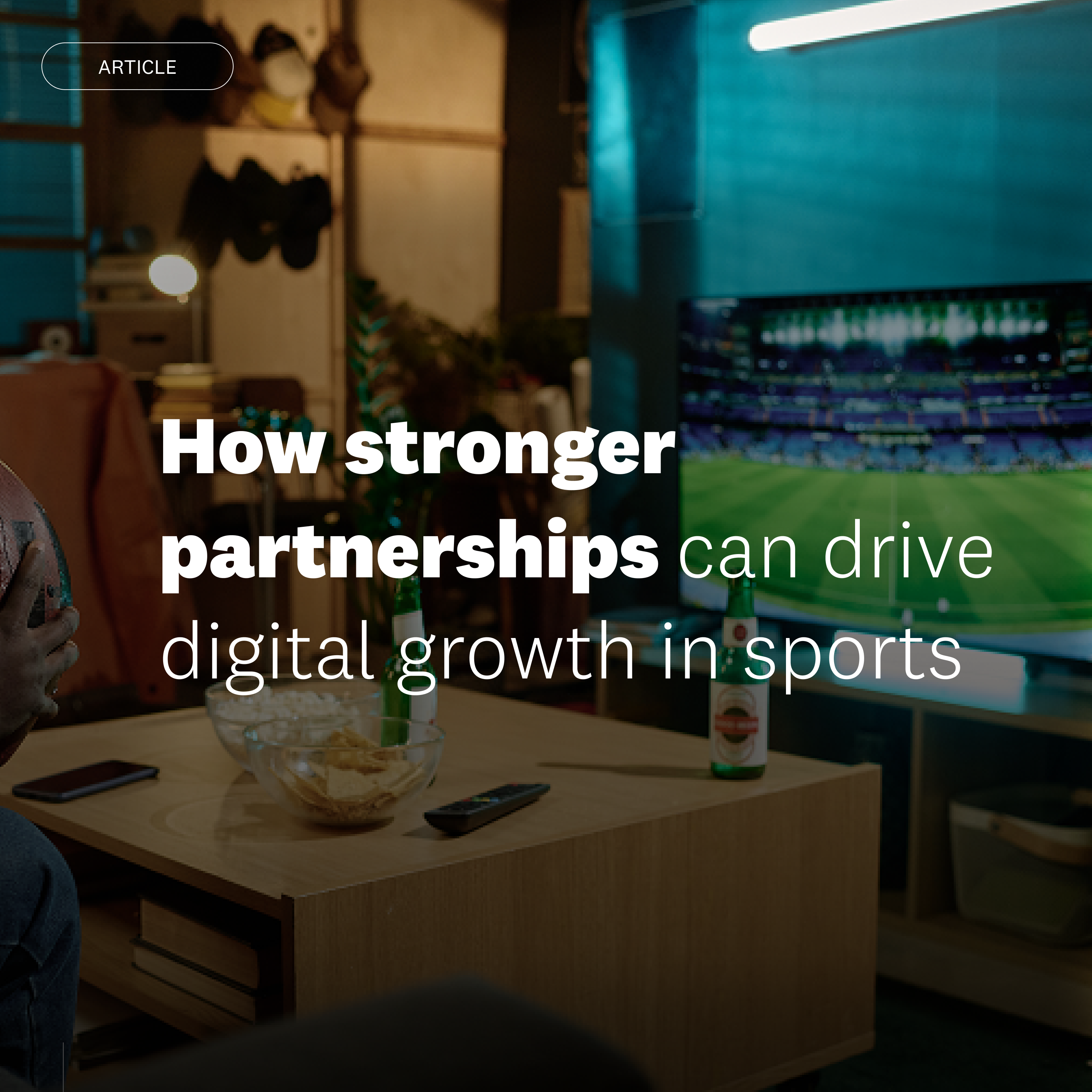
For decades, the front-of-shirt sponsor has been a cornerstone of football club commercial strategy – and one of the most iconic brand placements in sport. From the moment Kettering Town took to the pitch in 1976 wearing a shirt imprinted with Kettering Tyres, a new era of brand visibility was born.
Since then, little has fundamentally changed. A logo, front and centre. A multi-year deal. And brands largely left to measure success by logo impressions and little else.
But the game is changing.
Last season, we saw several top-flight clubs play without a shirt sponsor altogether, Chelsea being the most high-profile example. This wasn’t a creative decision, it was a signal. The gap between what clubs think their shirt real estate is worth and what brands are willing to pay is growing. And it’s forcing much-needed innovation in how front-of-shirt sponsorship is valued, packaged, and activated.
Two clubs stand out for how they’re redefining the model – in very different ways.
Juventus: The dual-sponsor model
Juventus have long enjoyed a partnership with Jeep, its front-of-shirt sponsor since 2012. But this season, a new player has been introduced to the lineup: Visit Detroit. Rather than replacing Jeep, Juventus divided its inventory – assigning different sponsors to domestic fixtures. The result? Two deals from one asset, increased revenue for the club, and targeted exposure for each brand.
This idea isn’t entirely new. South American clubs have long embraced a “more is more” philosophy when it comes to shirt sponsorship, turning the jersey into a patchwork of brand presence. But for a European giant like Juventus to adopt this approach marks a significant shift. It’s also a sign of waning brand confidence in traditional formats – a trend likely to accelerate with impending regulations, such as the 2026 gambling sponsor ban.
The takeaway? Brands are regaining the upper hand. They’re demanding more than logo placement. And clubs, now under pressure, will need to deliver more value in return.
Barcelona: Culture as a commercial catalyst
While Juventus are innovating structurally, Barcelona are innovating culturally.
Faced with financial challenges, the Catalan giants have turned its Spotify partnership into a masterclass in modern brand activation. Collaborations with artists like Drake and the Rolling Stones have brought cultural relevance to the shirt. But its recent partnership with Travis Scott – for El Clásico, no less – set a new standard.
This wasn’t just a sponsor swap. It was a full-blown cultural event. A limited-edition Cactus Jack x Barcelona kit, worn during the world’s most iconic domestic fixture, with an accompanying streetwear collection. The result? Every item, including the €399 special edition shirts, sold out in under an hour. Barcelona generated over €1.5 million in revenue, not to mention the priceless cultural currency.
Why does this matter? Because they tapped into an audience beyond football. A younger, fashion-driven fanbase that doesn’t just watch the game, but wears it. This is the future: sponsorship as lifestyle, not just visibility.
The future of the shirt
Today’s sponsorship model is like buying prime real estate in Times Square and only using it for a static billboard. It’s outdated. It’s inefficient. And it’s rapidly losing relevance with brands who now demand proof of engagement, cultural alignment, and digital ROI.
The clubs that thrive in this new era will be those who innovate beyond visibility. Who treat the front of the shirt not just as advertising space, but as a canvas for collaboration, storytelling, and cultural relevance. It’s not about slapping on a logo anymore. It’s about building a narrative that drives value on and off the pitch.
A call to brands
This shift can’t be driven by clubs alone. Brands must be bold enough to demand more – to bring data-backed ideas, to push for culturally relevant activations, and to insist on formats that resonate with today’s digital-savvy, value-conscious fanbase.
The traditional sponsorship model isn’t just ripe for change, it’s already being rewritten. The front of the shirt has the potential to become more than a placement. It can be a platform. A statement. A revenue driver for club and brand.

Next Article
